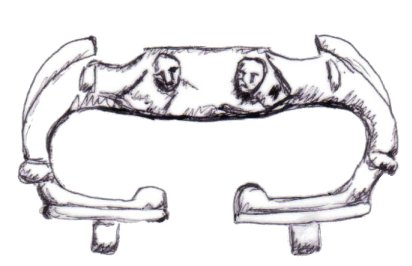 |
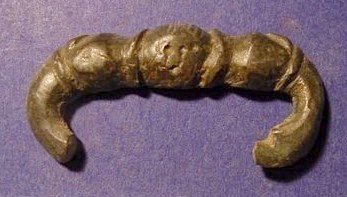 |
| LM 5.1 | LM 5.2 |
|
LATE ROMAN BUCKLES IN BRITAIN 5. - HEAD |
It is not just animal designs that appear on late Roman buckles in Britain. Human heads also appear.
Origins
The heads which appear on British buckles always seem to be clean shaven and to have neat, short cut hair, often shown combed back in neat, tight lines. The faces are expressionless with a flat closed mouth and open, staring eyes (see 7, 8 below).
Human heads have appeared on at least two buckles found in continental Europe, but both come form Germany, and probably from northern Germany. The lack of parallels elsewhere on the continent, and the larger number of head buckles found in Britain, suggests that the head buckles are primarily a British phenomenon. Supporting this interpretation is the fact that one of the German buckles (1) has unusual archaising features and big crests, both suggestive of British buckles, and, in addition, the head on the other buckle (2), while it has clear hair, has rather confused facial features which suggest it could be a copy made out of cultural context.
 |
 |
| LM 5.1 | LM 5.2 |
 |
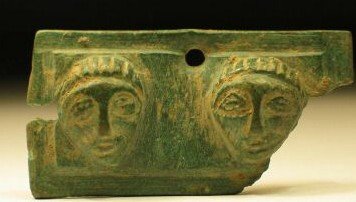 |
| LM 5.3 | LM 5.4 |
 |
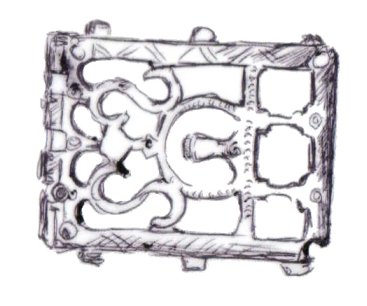 |
| LM 5.5 | LM 5.6 |
 |
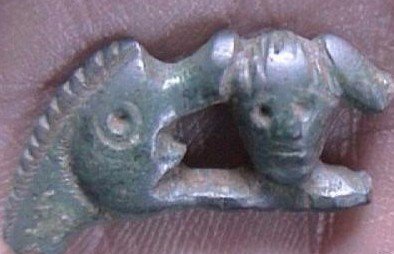 |
| LM 5.7 | LM 5.8 |
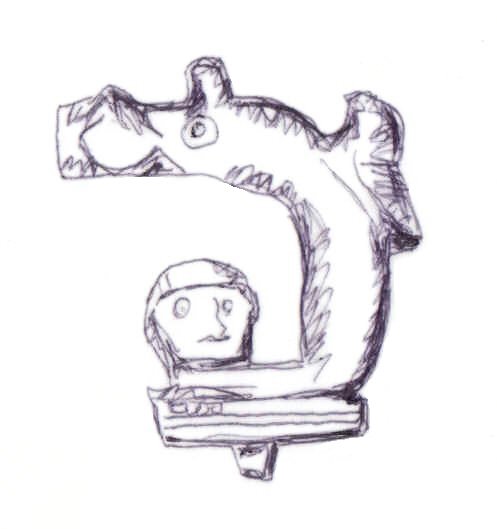 |
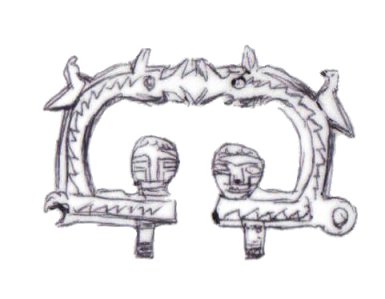 |
 |
| LM 5.9 | LM 5.10 | LM 5.11 |
Copyright © May 2005, Laycock & Marshall, All Rights Reserved.